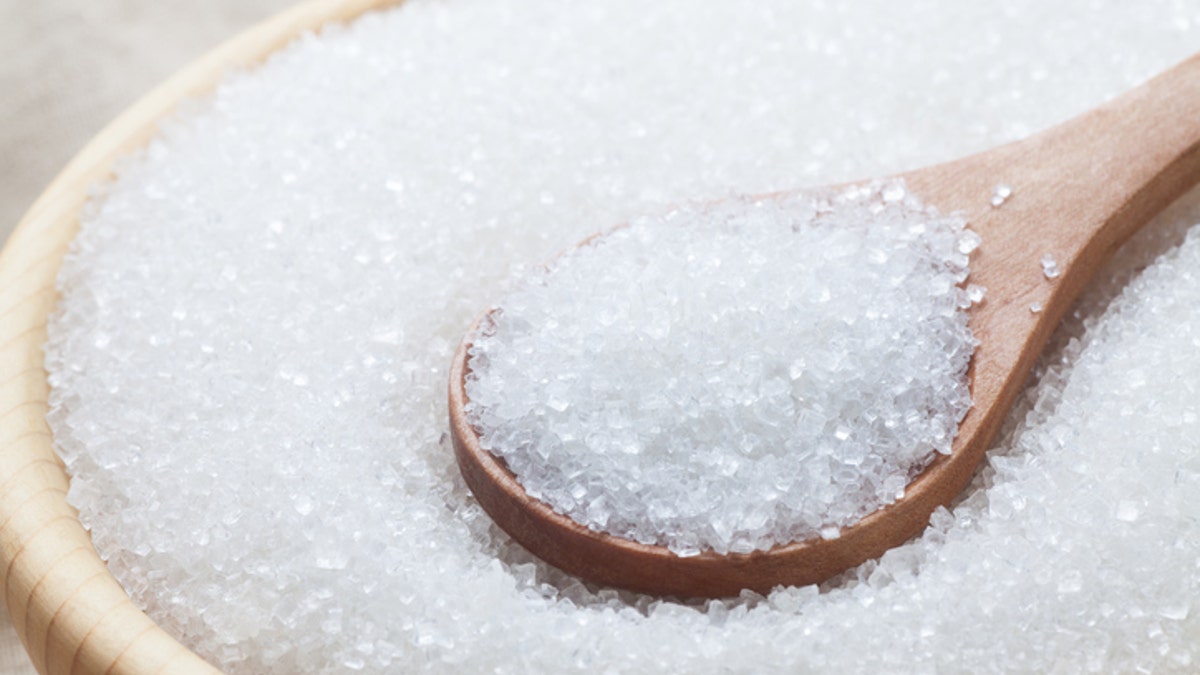
Sugar comes in many different shapes and forms. (iStock)
Brown sugar was for cookies. The white granulated stuff went on Cheerios, where it piled like a snow drift, and confectioners sugar was for the French toast my dad cut in strips on weekends.
This was the long and short of sugar for me. But not anymore. Because sugar is the foodstuff that, more than any other, reflects resilience, ingenuity, and creativity in humankind. The body demands it. We go to incredible (and horrific) lengths to obtain it. And it comes in more forms than you’d ever think possible.
Sugarcane, the crop responsible for 80% of the world’s sugar, is a perennial grass that grows in tropical and subtropical regions. In colder climes, sugar is derived from sugar beets, taproots with high concentrations of sucrose. And corn, the building block of perhaps the most maligned syrup the world has ever seen. But it can also be produced by tapping trees, from northern maples to equatorial palms.
It’s all just sucrose, but digging into the world of sugar reveals a doctoral program’s worth of biochemistry, human physiology, and global anthropology. Beyond the crops from which we refine it, how we refine that sugar and what we wind up doing with it speaks volumes about who we and our cultures are. If you want to understand the inventiveness and resilience of a cuisine, look to its sweeteners. Here is a beginner’s guide to help you do so.
1. Demerara Sugar
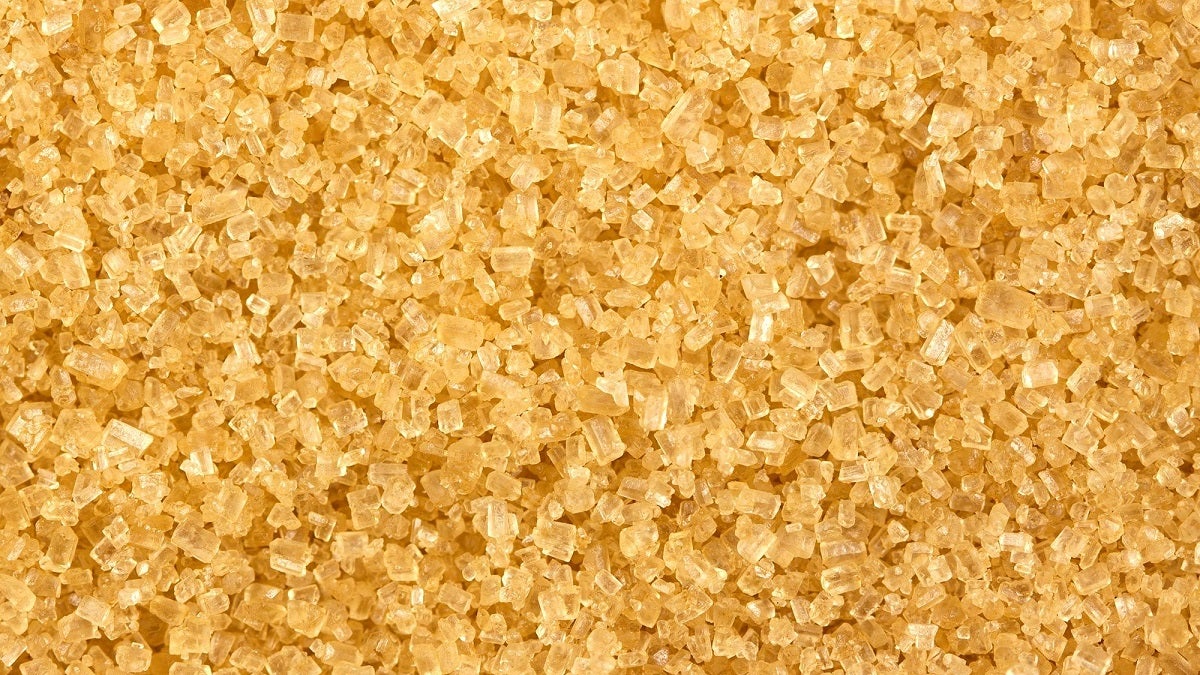
(Ervins)
Demerara sugar is named after a historic region in Guyana, where the sugar was first produced in large quantities. To make it, producers reduce fresh sugarcane juice into a thick syrup and eventually a thick sludge, yielding a coarse, crystalline, golden brown sugar. Demerara is often used for its crunch on top of baked goods, but is also used to sweeten coffee and tea due to its nuanced molasses notes, usually less intense than muscovado.
2. Turbinado
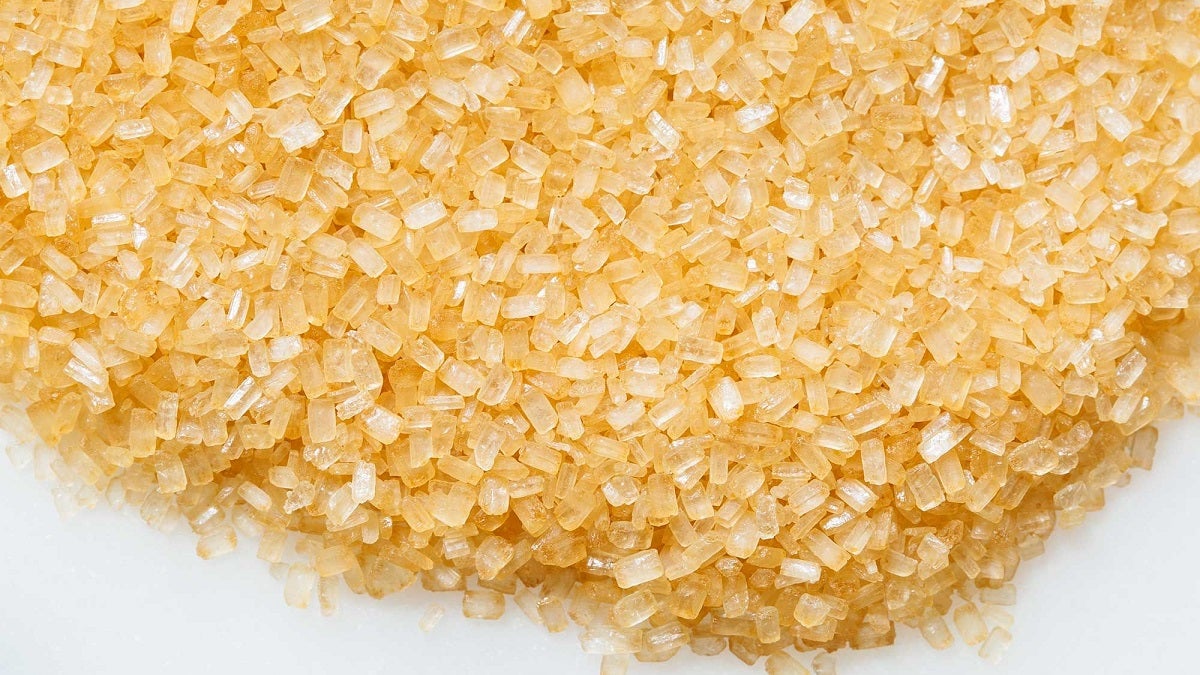
(Matt Taylor-Gross)
Similar to brown sugar in taste and color (but with less twang), this is the stuff in those ubiquitous brown packets. It’s made from the first pressing of sugarcane and retains some natural molasses, giving it a subtle brown hue, but it has a lighter, more caramel-like flavor than muscovado or demerara and coarser texture, perfect for sprinkling atop baked goods for a sweet crunch.
3. Molasses
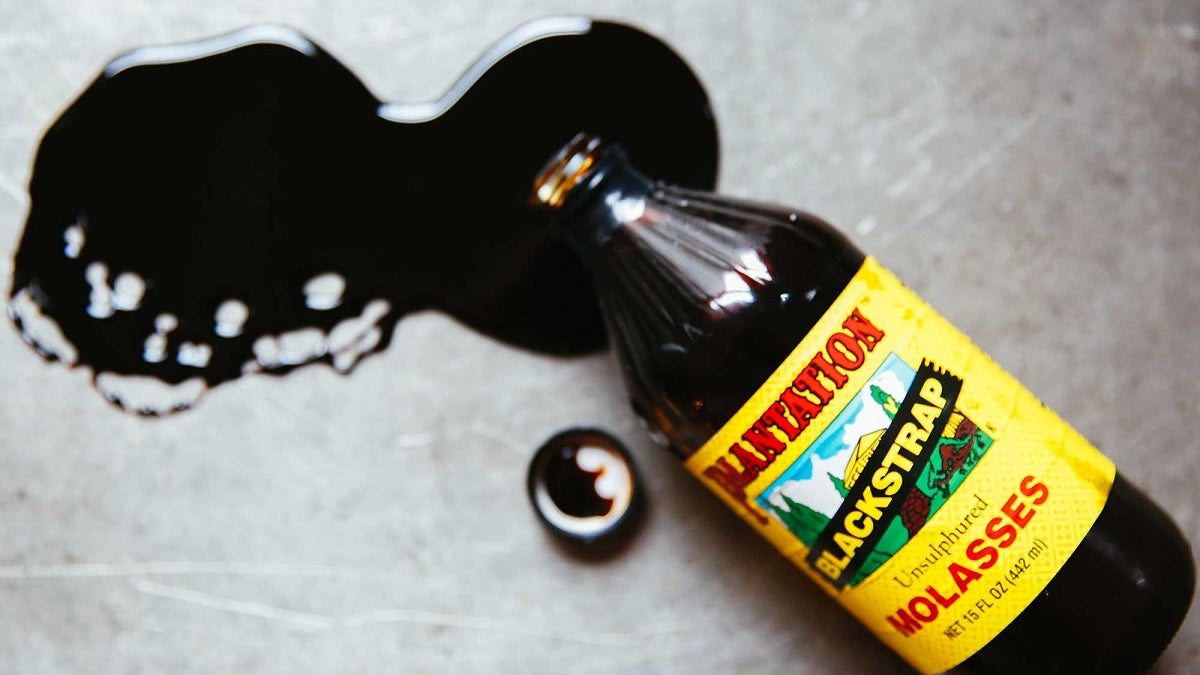
(Matt Taylor-Gross)
Molasses is a byproduct of the sugar refining process, and can be made from sugarcane and sugar beets. To produce it, cane or beets are crushed, the juice is boiled down, and sugar crystals are removed. The remaining unctuous tar is molasses.
Variations of molasses include light, dark, and blackstrap—produced from the first, second, and third boiling (respectively) of cane. Light molasses, the most commonly sold, is the sweetest and mildest in flavor. Dark molasses is a concentrated version of light, in that it’s slightly darker, more bitter, and less sweet. Blackstrap molasses, made from the third and final boiling of molasses, is the thickest and darkest of the three. It’s also the least sweet, which makes it best for savory dishes like baked beans and barbecue sauce. Sulfured and un-sulfured are further molasses distinctions, referring to the addition (or not) of sulfur dioxide, which is added as a preservative.
More from Saveur
The Illustrated History of How Sugar Conquered the World
Confessions of a Palm Sugar Addict
A Sweet Ancient Staple Crop is Coming Back to the South
The Best Strawberry Recipes for a Sweeter Life
4. Cane Syrup
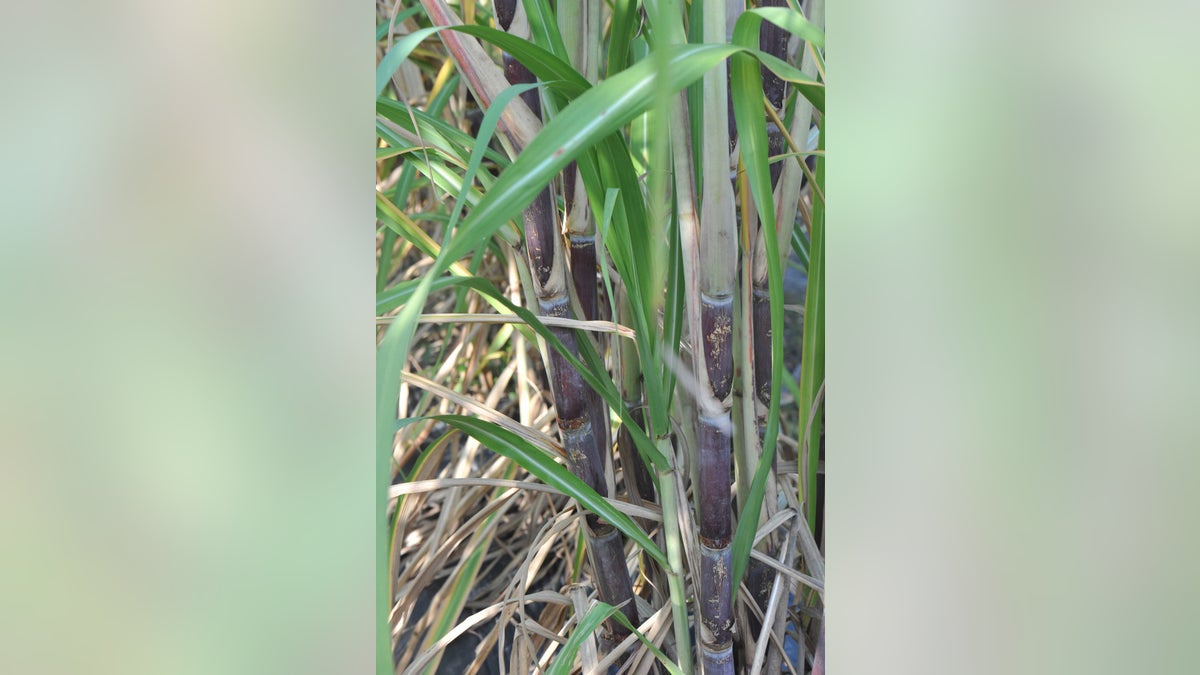
(Courtesy of Georgia Coastal Gourmet Farm)
Similar to molasses but more primal, cane syrup is made by boiling cane juice down but not extracting sugar crystals. It’s sweeter and less intense than molasses, with a deep golden verve like British golden treacle. A must on pancakes in parts of the American South.
5. Sorghum

(Joel Kramer)
Sorghum grass thrives in hot climates, and most of the high-sugar sorghum plants in the grass family Poaceae are native to Australia and West Africa. But it’s also popular in the American South, where its grassy, tangy flavor is put to work drizzled over biscuits or stirred into grits.
6. White Sugar
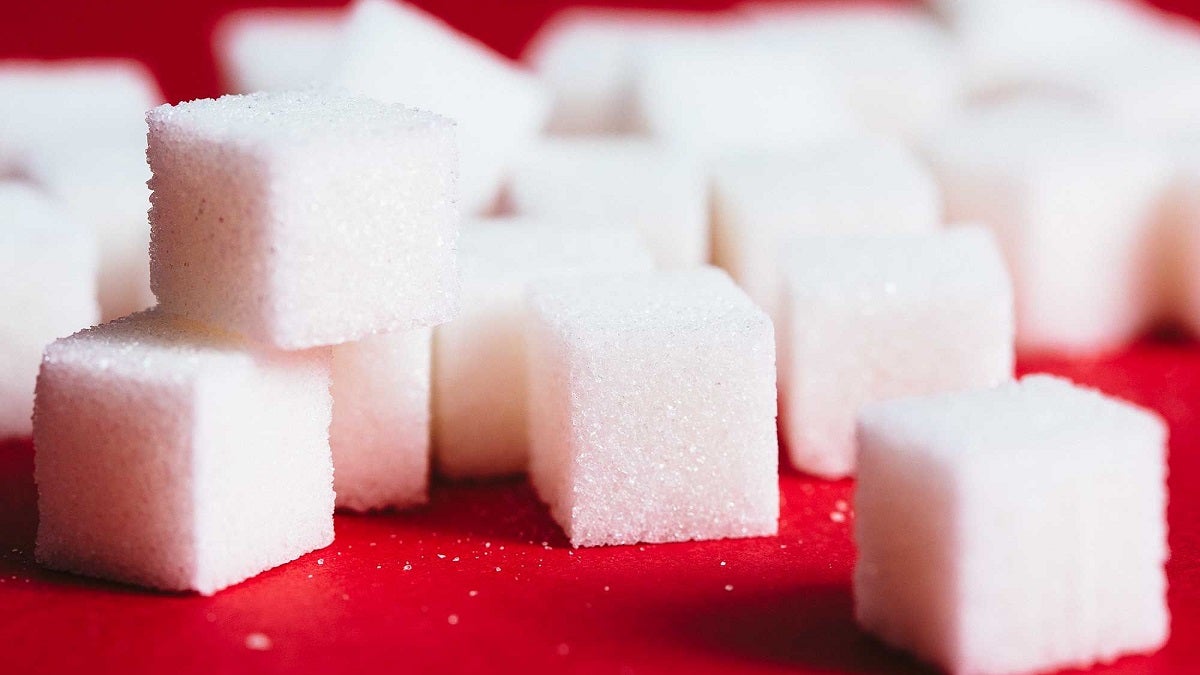
(Matt Taylor-Gross)
The ubiquitous sweetener most people think of when they think of sugar, made from sugarcane or sugar beets that goes through a double-crystallization process to remove all the molasses and minerals. It’s also the end result of centuries of sugar obsessions and, as some put it, the instigator of the greatest health crises the Western world has ever seen.
Under the white sugar umbrella you’ll find caster (or superfine) sugar, which is granulated sugar that is milled more and further refined to produce a finer crystal. This sugar melts quicker, though it lacks the ability to incorporate air into baked goods as the bigger, coarser crystals of white sugar do. Confectioners’ sugar uses the same superfine base, but is cut with cornstarch to prevent clumping.
7. Pearl and Sanding Sugar
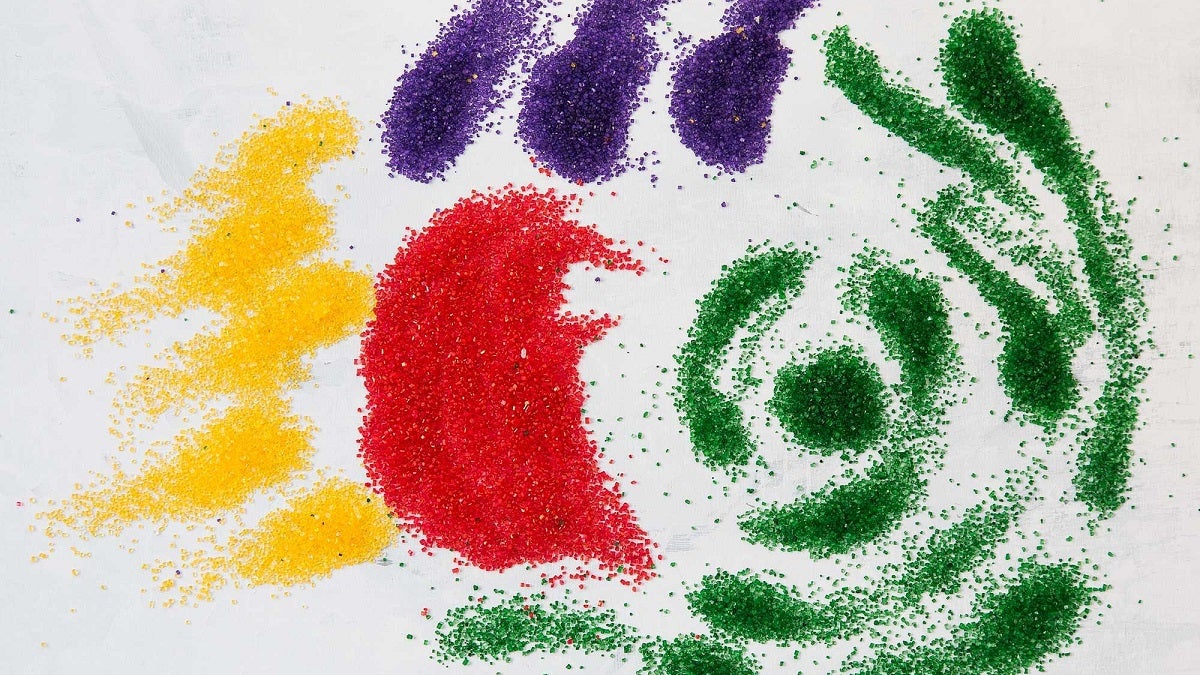
(Matt Taylor-Gross)
Decorating sugars are used at the end of the baking or cooking process to add sweetness and color.
Pearl sugar, a.k.a. nib sugar and hail sugar, consists of large opaque flakes and is available in an array of colors. Sanding sugar is similar to pearl sugar, though it is translucent and has a brighter, more pronounced shimmer. Decorating sugars have a high melting point, so they keep their form even after baking. Find them sprinkled over Scandinavian pastries, German Christmas cookies, Belgian Liege waffles, and French chouquettes.
